Thracian tombs
It is the year 1878 and around the village of Shipka, an important battle in the Russian-Turkish War for the liberation of Bulgaria takes place. The Russian command selected the small hill of Ostrusha as their observation post. The Turkish pasha directed the fight from another mound – Golyamata Kosmatka. They had no idea at that time, and even a hundred years later it was not known that these hills are the work of man and that they were hiding treasures of immense historical value. It was only in 1993 when it was discovered that Ostrusha had been built in the beginning of the 4th century BC to protect a cult place – six chambers with a total area of 100 m². Soon after that the other mound also revealed its secrets – the tomb of the Odrysian king Seuthes III was discovered underneath. Other discoveries followed, and who knows what all else lies hidden under the other mounds in this area, which is now called The Valley of the Thracian Kings. The tombs have a different shapes, sizes and complexity, their construction required a very good knowledge of mathematics and astronomy. The two most important tombs have been included in the World Heritage list of UNESCO.
The first of them, discovered in 1982 near the village of Sveshtari, was built in the 4th century BC probably by Odrysian King Dromichet, who defeated Alexander the Great’s general Lysimachus. The king probably died before the tomb was completed, but he was accompanied to the other world by everything he could need: a young woman and three horses. Remarkable are the murals, as well as the ten female figures – caryatids – that stand out from the wall as if supporting the architraves. The interesting thing about them is that while the figures are the same, the face of each one of them is different and that they are repellent rather than beautiful, which was apparently aimed to scare off intruders and protect this place. The tomb is cleverly designed so that on the day of the winter solstice the solar rays illuminate the ruler, who is given immortality by the Great Goddess.
The second tomb is situated in the city of Kazanlak, and although it was robbed already in ancient times, the wonderful murals, believed to depict Roygosa, the son of King Seuthes III, have been well preserved. The walls of the corridor are covered with battle scenes, but the most beautiful frescoes are in the dome of the tomb, depicting realistically and very vividly a man sitting in front of a full table. A beautiful woman is holding his hand tenderly and humbly, while his fingers seem to be responding to her love. A procession is heading towards the couple, bringing food and gifts. Several wonderful horses conclude the procession. Even today this scene makes a strong impression on the visitors, invoking a feeling of dignified sadness.
Rediscovered Treasures
The ancient thieves, fortunately, did not manage to rob everything, so in Bulgaria, it is still possible to uncover fabulous treasures full of objects made of pure gold, so elaborately decorated with delicate and intricate design, that the Egyptian pharaohs would pale with envy before them. Whether it is the gold mask of Teres (the first king of the Odrysian state in the 5th c. BC) or the gold wreath of finely made oak leaves and acorns, found in 2004 not far from the above-mentioned Shipka. Some of the discovered objects are the work of Thracian masters, others were brought there as a result of ancient trade or as loot from faraway lands. The oldest Thracian treasure found so far is the treasure of Valchitran – 13 objects from 21-carat gold produced in the period between the 16th and 12th centuries BC, i.e. 200 to 300 years before the Trojan War, so it is not quite certain whether these objects really regarded as Thracian. Together they weigh 12.5 kilograms, making it also the heaviest treasure found. The largest bowl weighs up 4.5 kg. These objects either decorated a festive table or, more likely, were used in cult rituals in a shrine.
The most famous and most Bulgarian treasure, however, was accidentally discovered in 1949 near the town of Panagyurishte. It consists of nine objects of pure 24-carat gold, weighing over 6 kg: 4 rhytons – two in the shape of a deer head, one with the shape of a ram head, and one with the shape of a Capricorn; 3 jugs in the shape of a female head, one amphora and a large, shallow bowl without handles (a phiale). The phiale is decorated with a pattern of numerous faces of Africans, positioned in concentric circles, acorns and rosettes. The amphora and the upper parts of the rhytons are decorated with lots of figures, while the handles have the shape of centaurs, sphinxes or lions. All vessels were richly and skillfully made in the fourth or early third century BC by a really great master of his craft and are believed to have been used as a royal ceremonial set by king Seuthes III, mentioned previously. This treasure has already undertaken a journey around the world, displayed in the world’s most famous museums and admired by tens of thousands of visitors.
Other notable treasures are found around the towns of Rogozen (the largest silver treasure, 165 articles, of which 108 phiales, i.e. more than all the vessels of this kind in Europe put together!), Borovo (silver rhytons) Zlatinica (gorgeous wreath of gold decorated with applications in the shape of the wings of the goddess Nike), Chotnica (44 gold objects, mainly jewellery), Dabene (over 15,000 objects of gold!) and others.
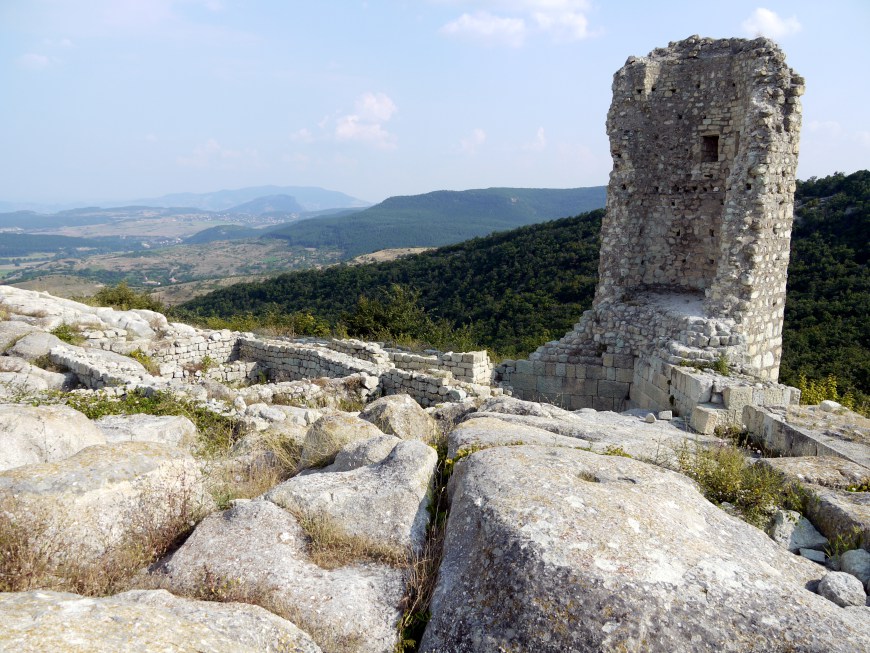
Thracian Shrines
The Thracians left no written records, but the artefacts of their civilization are among the greatest surviving treasures on the territory of Bulgaria. The murals and numerous treasures are of global value and importance. But we must not forget the temple complexes – places where mystical powers meet, places where people sought closeness to higher forces and from where they broadcast their prayers and incantations. Several shrines have been built already long before the Thracian times, the Thracians just “inherited” and improved them – dug stairs, altars, places of sacrifice and tanks for holy, cleansing water, so that they would be able to find the balance of the five elements, and – most remarkably – in addition to earth, fire, water and air, the fifth element was the horse! Ten kilometers from the famous resort of Primorsko is situated the “Bulgarian Stonehenge” – Beglik Tash – huge stone disks, some of them overturned by time, giving rise to wonder and question what was the technology and power, which was able to arrange them in such a way, so that they could be used as a calendar and a sundial? The most striking, however, is the complex of Perperikon in the Eastern Rhodope Mountains. A megalithic shrine was established there already 8000 years ago! The Thracians enlarged it and transformed it into a rock city with a fortress and a royal palace.
A number of other megalithic monuments (eg. Tatul, Perperek, Belintash) are found in Bulgaria and their explorations are still ongoing. According to Herodotus, the Thracians mainly worshipped three gods – Ares, Dionysius and Artemis, who embodied the most popular pastimes for them: war, hunting and wine. Artemis, known as the Great Mother Goddess, also had power over nature, life and death. The main god of the Thracians according to many historians was one referred to with the name Sbelsurdos. For the Thracians he was identical with Apollo (influenced by even more ancient times, when the Sun was worshipped as a deity). However, unlike the Greek Apollo, the Thracian one had a more militant character, so he was given additional names, to reflect his character.
Starting from the first century BC another deity grew in popularity and influence – the Thracian horseman (Heros), master over life, death, hunting and harvest. He was always depicted as an armed rider, accompanied by a dog, sometimes a lion and a female figure as the symbol of the cult of the Great Mother. Rider and horse were always turned to the right. Around 3000 stone reliefs dedicated to the worship of this horseman have been found in Bulgaria so far. He can be found also on coins, rings, cups, the leather harness of the horses. It is still being debated whether this figure represents a universal Thracian deity.
All the pictures with www.grafikfoto.at are from my friend Anna Sieragowska because my camera was out of order on that trip. Thanks, Anna!
Bulgaria
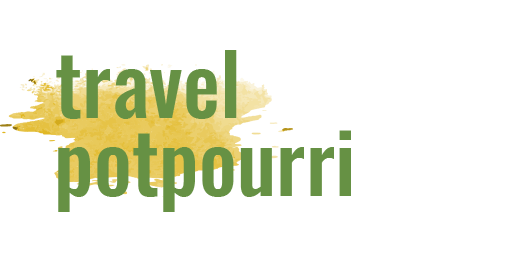
 TRAVEL
TRAVEL











 RECIPES WITH A STORY
RECIPES WITH A STORY
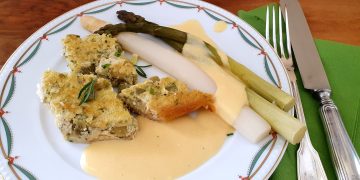
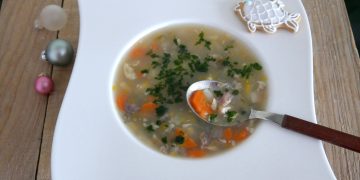



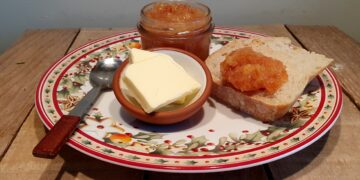
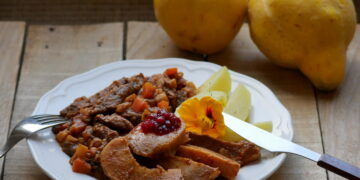
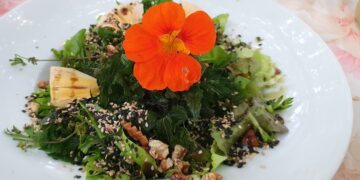



 AUSTRIA-VIENNA
AUSTRIA-VIENNA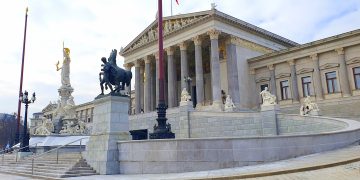
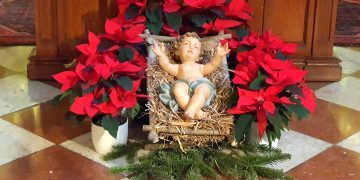

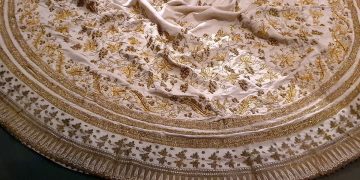
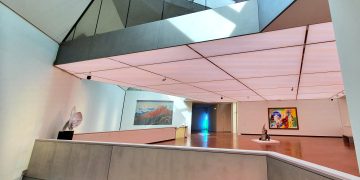
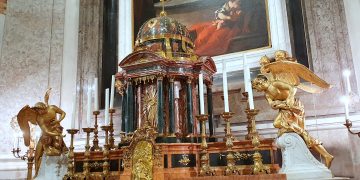
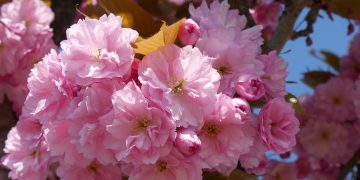
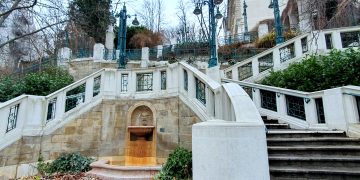




 SLOVAKIA-BRATISLAVA
SLOVAKIA-BRATISLAVA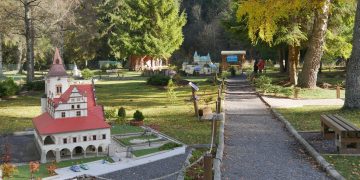
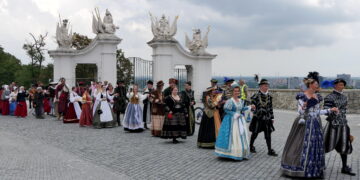

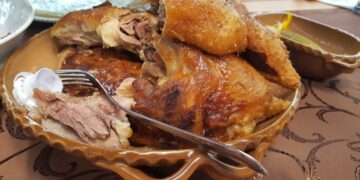
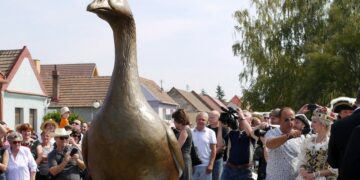
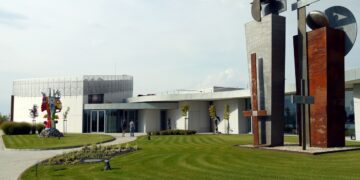
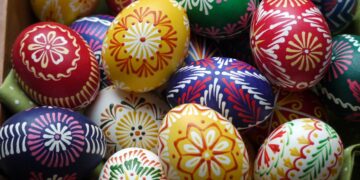
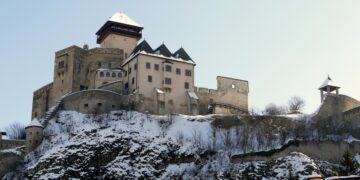
 EVENTS
EVENTS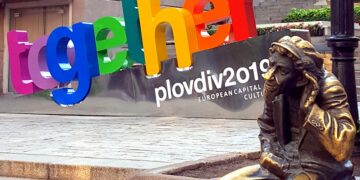
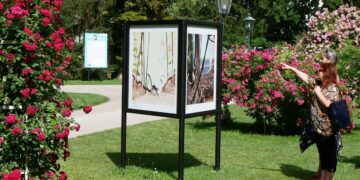
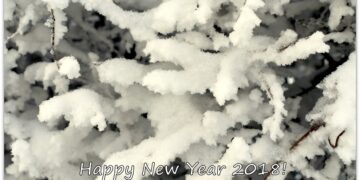
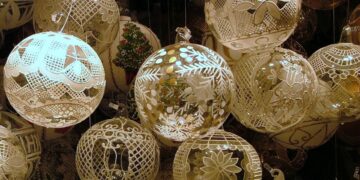
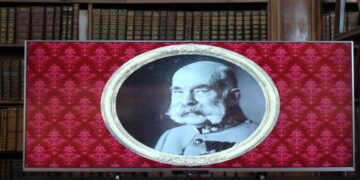
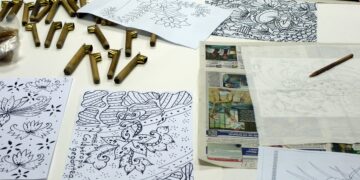
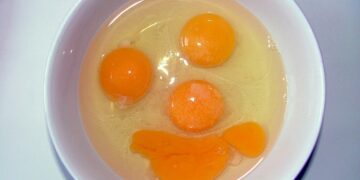

 INTERVIEWS
INTERVIEWS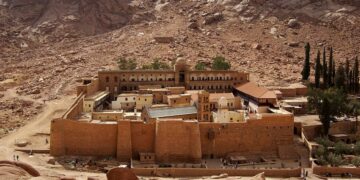
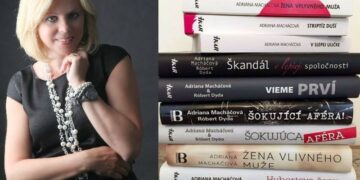
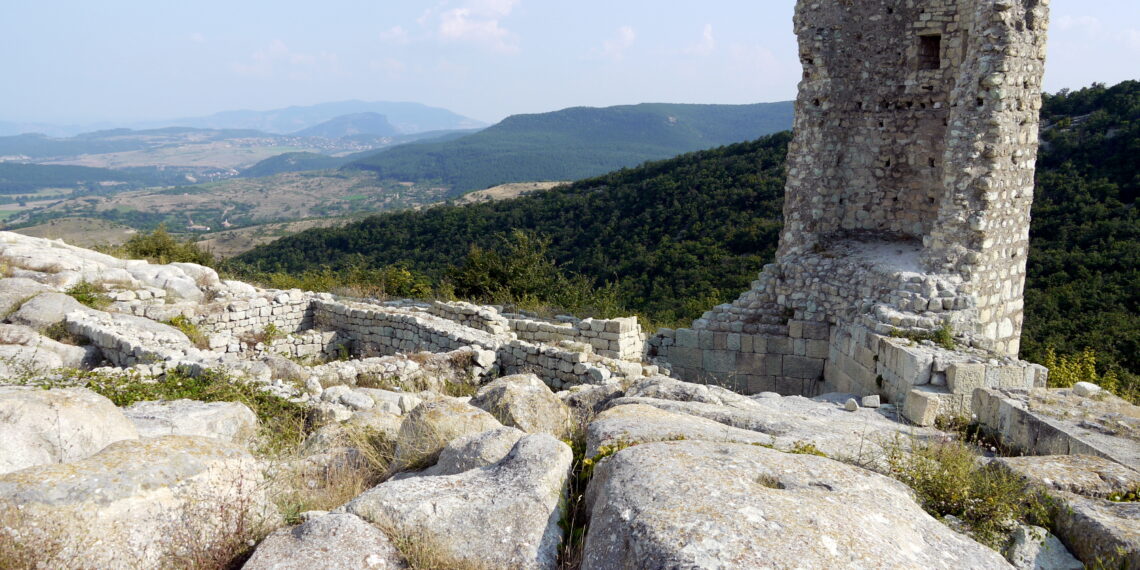





 Bulgaria
Bulgaria Bulgaria
Bulgaria 



